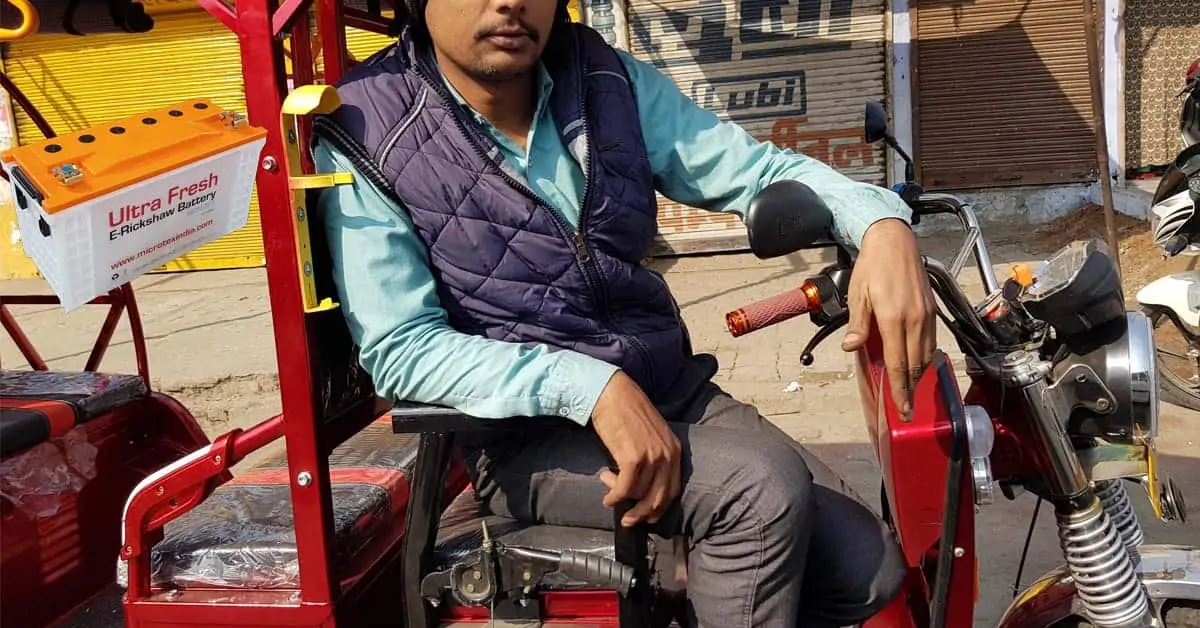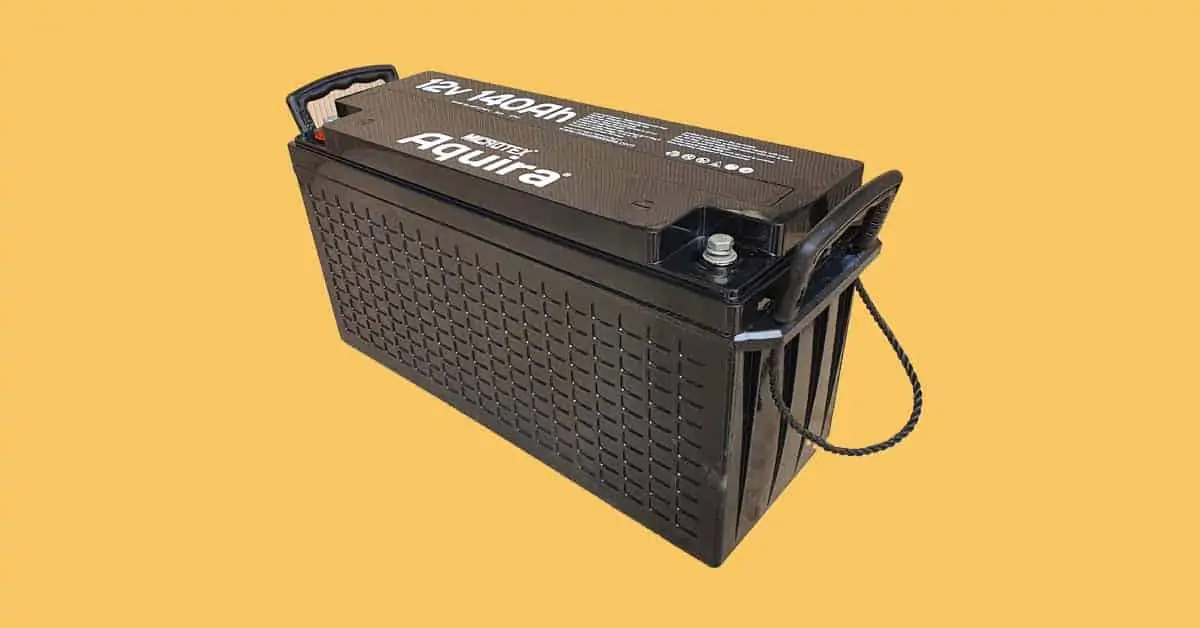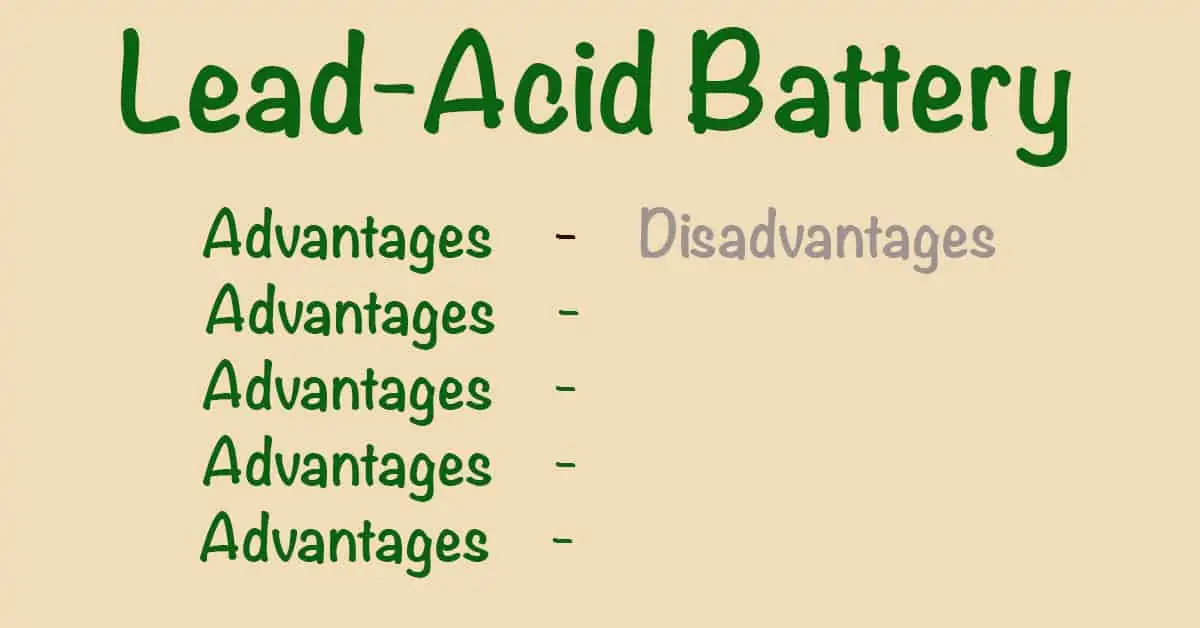E rickshaw entry - E rickshaw battery price
E rickshaws propelled by e-rickshaw battery, also known as electric tuk-tuks or e-rickshaws have been becoming more popular since 2008. The Modi Government in 2016 launched an ambitious scheme to distribute 5,100 battery-operated electric rickshaws to provide employment to the poor and to promote a cleaner environment. Recently, the Indraprastha Institute of Information Technology, Delhi, started working on driverless electric rickshaws to boost last-mile connectivity. There has also been talk of making electric rickshaw services available on an app-based facility like Ola or Uber.
What are e-rickshaws? E rickshaw battery price
These vehicles are 3 wheelers pulled by an electric motor ranging from 650-1400 watts. They are mostly manufactured in India and China. Most have a mild steel tubular chassis with a differential mechanism at the rear wheels. There are versions using very thin iron or aluminium sheets which are also available. However, FRP composite versions are becoming more popular particularly in India because of their strength, durability and low maintenance.
The electrical system used in the Indian e-rickshaw battery version is 48V although in Bangladesh it is 60V. The body design varies from load carriers, passenger vehicles with no roof, to full body with a driver’s windshield. There are load-carrying versions of these rickshaws which differ in their upper body, load-carrying capacity, motor power, controller and other structural aspects, sometimes motor power is also increased in order to carry loads up to 1000 kg.
E Rickshaws in India are very popular!
E-Rickshaws are sold on the basis of voltage supplied and current output, also the number of MOSFETs used. The e-rickshaw batteries are mostly lead-acid batteries with a life of 6–12 months. Deep discharge batteries designed for electric vehicles are rarely used. Standard designs have features such as regenerative braking, voltage regulators, battery cut off voltage, flat battery advance warning and speed and accelerator limiters. This all helps the e-rickshaw battery to increase its in-service range, however, this can be counteracted by excessive horn use, particularly in India.
An interesting variant is a solar version which uses PV panels on the roof of the vehicle to generate supplementary power in addition to the e-rickshaw battery. There are two types of solar vehicles: directly and indirectly solar-powered. The first is an electric auto rickshaw driven solely by one or more electric motors, powered by solar panels mounted on the vehicle and capable of operating while the vehicle is in motion. Unfortunately, insufficient power is generated from current PV panels to directly power the vehicle, so the power is diverted to topping up the battery during normal use.
It is unlikely that we will see PV powered E rickshaws in our lifetime due to the inefficiency of PV panels (12 -20%). This can be demonstrated very simply:
Bearing in mind that the amount of power generated by the sun at the equator is 1050 watts/m2
The amount of power from solar panel per square metre = 1050 watts x latitude factor x PV efficiency x DC converter efficiency. The latitude factor can be read from Fig. 2

This comes out to around 150 watts/m2 or 300 watts maximum from a large 2 sqm panel. With a typical current draw on average is 700 watts the PV array can extend the run time by 200/700 hrs per hour. In other words, about 25-30% extra runtime Quite significant but the PV panels are very expensive. The other possibility is to reduce the load on the battery, again this would require an expensive drive train, both options really defeat the object of an affordable EV with low running costs. For this reason, direct solar power is rarely used.
More common is the indirect charging of e-rickshaw battery packs using solar-powered charger stations, Fig. 3. Unless the E Rickshaws are used exclusively at night this can be impractical. Generally, it necessitates having at least 2 e-rickshaw battery packs per rickshaw so that one set at least can be recharged cheaply during the day. Again, this does require expensive EV panels and extra battery sets, all of which increase the depreciation and hence running costs which offset the savings in mains electricity.
E-rickshaw batteries from Microtex are built very strong
The function of any rickshaw including the electric version is to carry passengers on short to medium journeys within a city. Whilst not as comfortable as a normal taxi, they are cheaper and take up less space than their 4 wheeled counterparts. This lower cost of fares has to be reproduced in the running costs otherwise the-rickshaw carrier will be losing money. One of the main reasons for taking the electric option, apart from the environmental benefit, is the lower running costs of mains electricity as fuel compared with petrol or diesel options.
For this reason, there are 5 fundamental parameters of the battery to consider in order to ensure that the running costs are minimised:
• Round trip efficiency, i.e. the watt-hours consumed in charging compared to the watt-hours provided during the daily service.
• The energy density of the e-rickshaw battery. This determines how long the vehicle will operate. The greater the watt-hours per kilo or cubic metre of the e-rickshaw battery, the more run time that the vehicle will have from the same battery compartment space.
• The e-rickshaw battery cycle and calendar life. On average e-rickshaw batteries are replaced approximately every 6 to 12 months. This means the e-rickshaw batteries have to be considered a consumable like fuel and not part of the capital cost which has an amortisation of years rather than months. The cost of the e-rickshaw batteries has to be added to the running costs. The longer they last the lower the running costs.
• Maintenance of the e-rickshaw battery: Topping up with distilled water can be expensive, the fewer times the battery requires topping up the lower the running costs.
• E-rickshaw battery cost. The higher the battery price the higher the depreciation and hence the higher the running costs. There are other battery chemistries than lead-acid which are designed specifically for electric vehicles. However, the capital cost can be up to 5 times higher than a lead-acid equivalent but without providing the additional life or performance to match the extra cost.
It is fairly obvious that the e-rickshaw battery cost, performance and life are critical factors in minimising the operating costs of an E-rickshaw business. Microtex is well aware of this and as a family-owned concern, understand the requirements of keeping costs down to the minimum but without compromising on performance and reliability.
- Lead acid battery chemistry. This is the most reliable and cost-effective e-rickshaw battery technology available. The operating range, the ability to withstand occasional deep discharges, the reliability under different ambient and operating conditions and most importantly, its sheer value for money make this the best type of e-rickshaw battery for this application.
- Armoured tubular plate engineering. This is the most rugged form of lead acid batteries. It is resistant to deep discharge abuse, to vibration and shock from damaged road surfaces and has the ability to hold in the delicate positive active material using the well-known tubular bags gauntlet used world-wide in the toughest applications.
For this reason, they have designed a battery specifically to power modern E rickshaws to give maximum return and minimum hassle. The Microtex range is the culmination of decades of Microtex battery manufacturing experience in the traction battery market and European expertise in design and manufacturing technology. Unlike our competitors, Microtex has designed this e-rickshaw battery based entirely on the application rather than simply use an existing off the shelf product. So, with the above requirements in mind, how have Microtex ensured that the customer gets the battery they need? Below is a summary of the features of Microtex e-rickshaw battery:
- The tubular plate design has a high energy density due to its better utilisation of the positive active material (see the blog on tubular batteries). This has the benefit of getting more energy from the space available in the battery compartment. This, in turn, gives longer operating times with more revenue for the driver before the e-rickshaw batteries are recharged or changed. Both situations require downtime which costs money. The Microtex range of e-rickshaw battery is specifically designed to give the optimum balance between all of the active components: the acid and the positive and negative plate materials.
- This ensures the maximum utilization of each component which in turn provides the highest energy density whilst ensuring the maximum cycle life of the e rickshaw battery. This combination of performance and life is the culmination of dedicated design, world-class know-how and 50 years of manufacturing and commercial experience.
- Deep cycle flat plate e-rickshaw battery design for those businesses which are on a tight capital budget.
Microtex realizes that for many small businesses particularly the-rickshaw industry, batteries although necessary, can be an expensive and unwelcome expenditure. To soften the blow, they offer their flat plate e-rickshaw battery range which shares many of the advantages of the material composition of the tubular lead-acid battery design but without the armoured plate advantage. Despite this, it still has the best reliability and life within its class of any manufacturer and will not let you down in performance, round-trip efficiency and total life cost.
- The positive grids used to support the active material are cast from a proprietary lead-antimony alloy designed specifically for deep cycle battery applications. Unlike the lead alloys used in standard tubular batteries, this alloy is also a low maintenance alloy. This means that, with the right charger, there is less gas (hydrogen and oxygen) evolved at the positive and negative plates. This means that water loss is lower and that topping up intervals are fewer. This results in lower maintenance costs. The grid alloy also has another function, that is to minimize active material shedding and positive grid growth, both of which limit battery life and are common problems in deep cyclic applications.
- The blend of low antimony, tin, selenium and arsenic ensures that the alloy has a fine corrosion-resistant grain structure and high creep strength. This combination provides lower corrosion rates and a high resistance to grid growth. Very few battery manufacturers can offer this unique blend of low water loss and deep cycle abuse resistance in the same product.
- Lower internal resistance is the key to round trip (discharge-recharge) efficiency. Again, this is partially dependent on the resistance of the grid alloys. In addition to this and equally significant are the resistances of joints and the interface bonding of the active materials in the plates to the supporting lead alloy grids.
- As already described, Microtex have a low antimony alloy with an optimum blend of strength and low water loss properties. However, it also has a lower resistance due to the lower antimony content which provides a substantial contribution to the lowering of the e-rickshaw battery’s internal resistance. The other sources of resistance which are the active material interfaces and the internal component welds are well understood by Microtex. For this reason, Microtex has invested in high-end plate curing chambers which control precisely the conditions under which the active material is bonded to the grids after it is applied in the pasting process.
- Using the best available knowledge and decades of experience the Microtex processing methods provide the highest quality internal welds and active material/grid interface bonds of any battery manufacturer. This is one aspect of e-rickshaw battery technology which cannot be underestimated, even small percentage differences in battery internal resistance will give significant differences in the efficiency of discharging and recharging e-rickshaw batteries. This, in turn, can have long term financial consequences for the operation of an E-rickshaw business.
Table 1 Microtex e-rickshaw Tubular battery range
| Type | Capacity @ C20 | L+-5mm | W+-5mm | H+-10mm | Final Wt (Kg) | Final Specific Gravity | Charging current Amp |
|---|---|---|---|---|---|---|---|
| ER12VT100L | 100 | 410 | 176 | 290 | 36.7 | 1.280 | 13.0 |
| ER12VT120L | 120 | 410 | 176 | 290 | 38.0 | 1.280 | 15.0 |
| ER12VT140L | 140 | 410 | 176 | 290 | 40.6 | 1.280 | 18.0 |
| ER12VT150L | 150 | 330 | 181 | 295 | 39.4 | 1.280 | 19.0 |
These are the specific factors which have a bearing on the advantages of the Microtex range of the e-rickshaw battery. What has not been mentioned yet are those advantages inherent in purchasing from Microtex. The range of e-rickshaw battery offered (Table 2) shows that there is no compromise in the flexibility of the product. The 12-volt monobloc is the perfect voltage for 24, 48 and 60-volt options and the capacities ranging from 88Ah to 150ah in 3 different heights should satisfy all size and operational requirements.
Table 2 Microtex e-rickshaw Flat plate battery range
| Type | Capacity @ C20 | L+-5mm | W+-5mm | H+-10mm | Final Wt (Kg) | Final Specific Gravity | Charging current Amp |
|---|---|---|---|---|---|---|---|
| ER12VF88L | 88 | 410 | 176 | 233 | 24.8 | 1.280 | 7.0 |
| ER12VF100L | 120 | 410 | 176 | 233 | 30.6 | 1.280 | 8.0 |
| ER12VF120L | 140 | 410 | 176 | 233 | 31.5 | 1.280 | 9.6 |
| ER12VF140L | 150 | 330 | 181 | 233 | 33.0 | 1.280 | 11.0 |
In addition to the dedicated designs, optimized materials, processes and proprietary grid alloys, Microtex take the trouble to ensure that all components are the best available for the application. They do this, which is unique within the industry, by manufacturing all of the internal battery components themselves, including the separators and PT Bags used in the tubular construction. This is not an easy option, but Microtex have never gone for the easy option, they have and always will put the needs of the customer first. For Microtex, nothing is too much trouble when it comes to providing their customers with the best e-rickshaw battery product and the best service and above all the best partnership experience.




